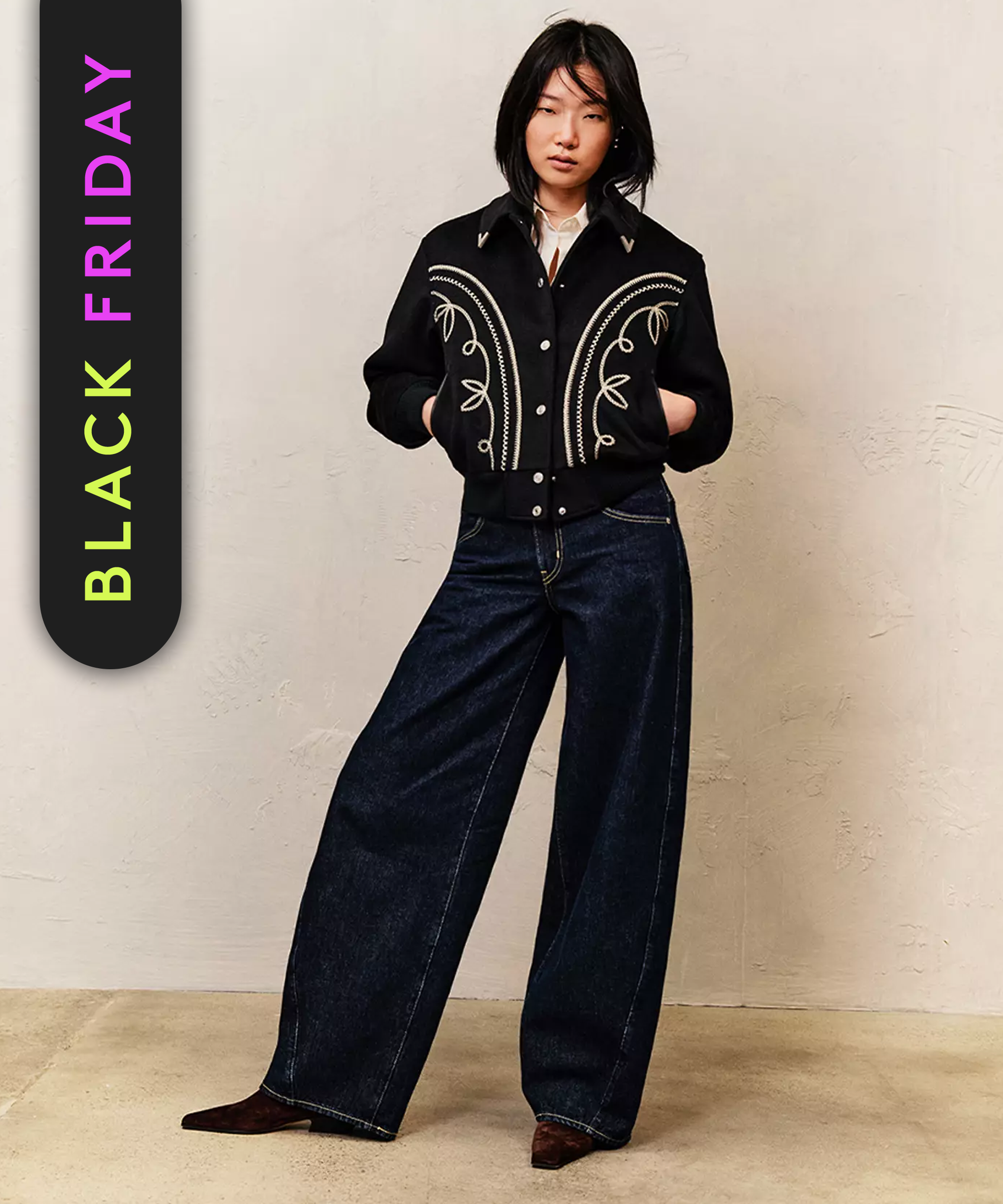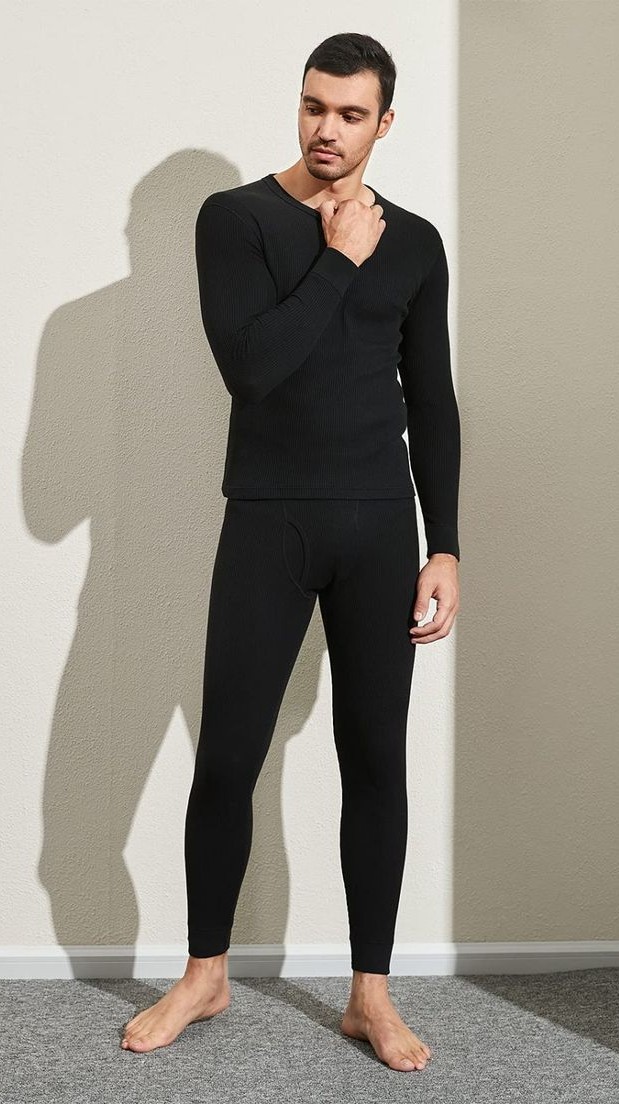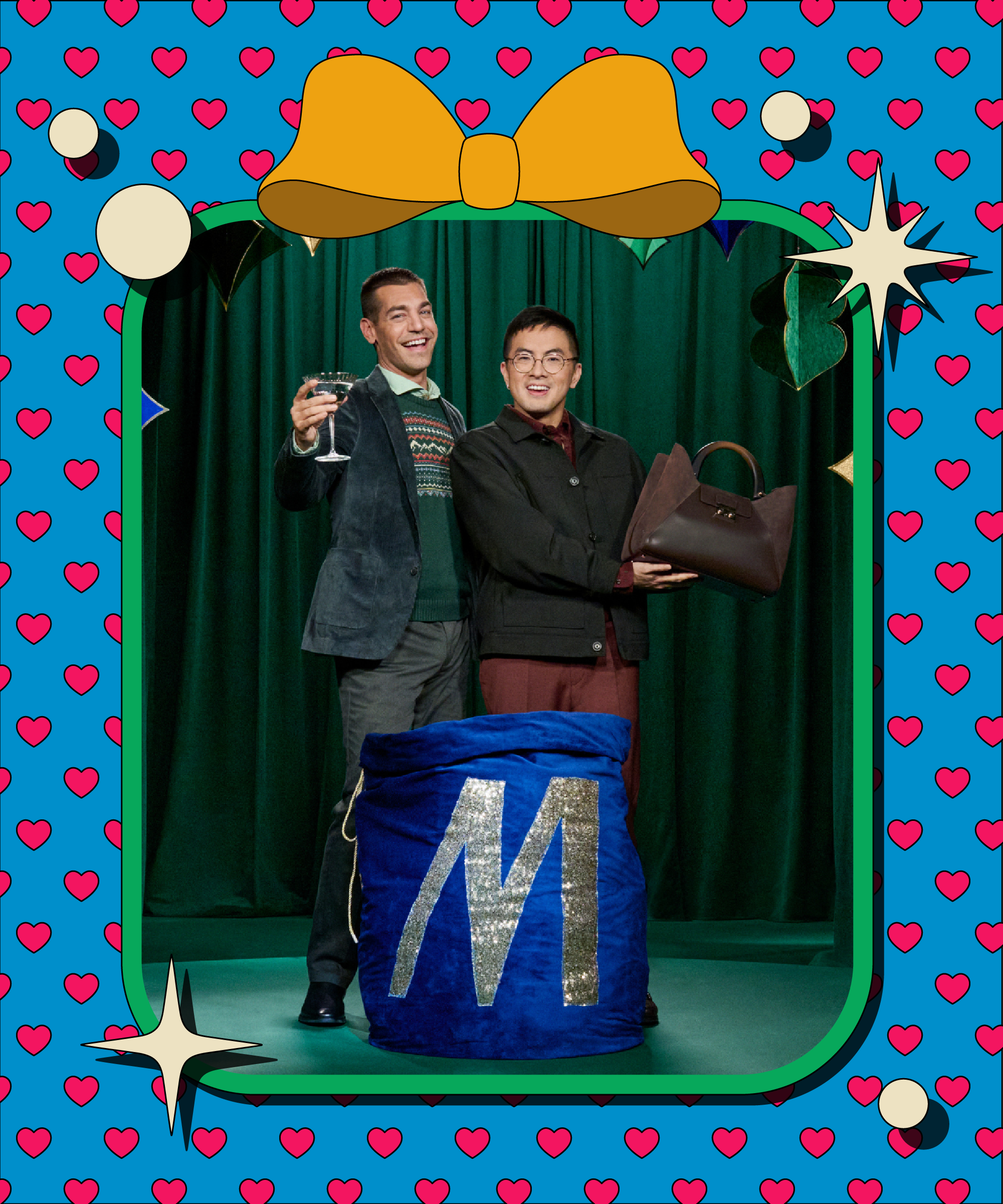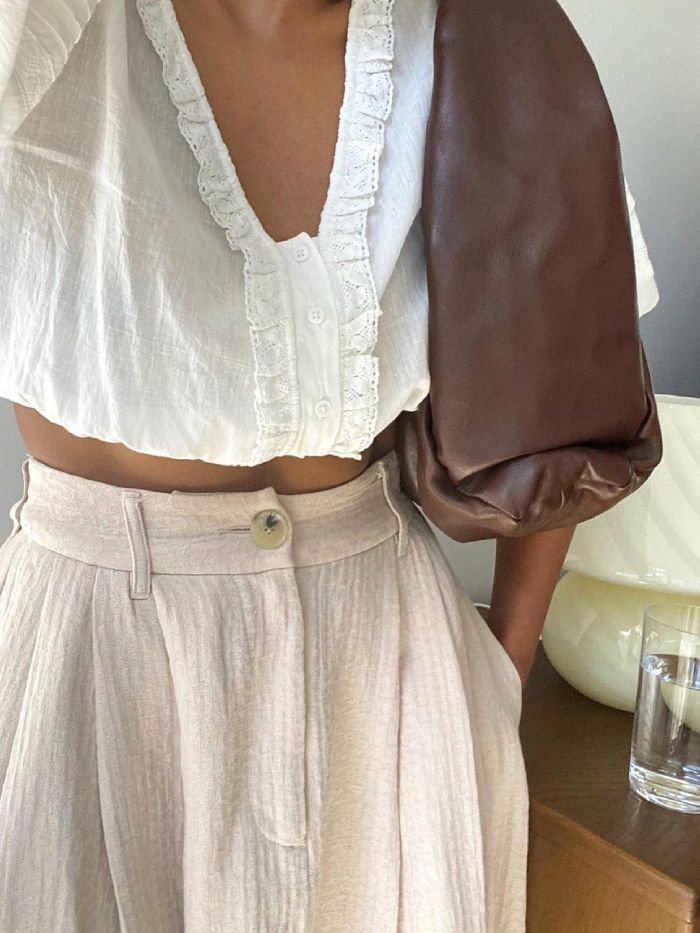
I made a decision at the beginning of 2020 that I wasn’t going to buy anything brand new unless I genuinely needed it. If I wanted to buy something because I loved a trend, I’d look for it second-hand, opting to purchase pieces through Vestiaire Collective, Etsy, eBay or Depop. So far this year, I’ve bought a great ’90s chain necklace for a tenner and a pair of knee-high snakeskin boots. For full transparency, working in fashion, I am lucky enough to get some gifted items. That said, I was still shopping more than I needed to. However, with summer approaching, and having more time at home to look through my wardrobe, I realised I have very few pieces that will keep me cool once the warmer weather hits. I made a list of the pieces that I needed: a new vest top (that won’t show my bra), a pair of linen trousers that are super comfy but also smart, and a loose black dress (previous years’ versions don’t fit).
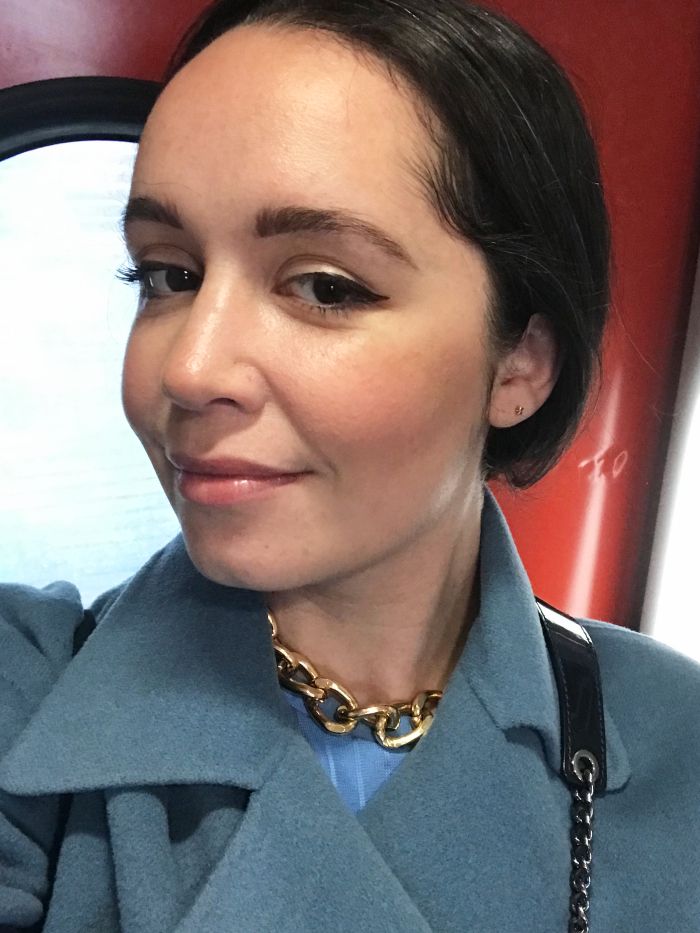
Of course right now, with the COVID-19 pandemic, money and our spending habits are a source of discussion even more so than usual, so Clare’s sage advice and her understanding of how to shop smarter are almost prophetic. Below, I condensed our conversation into what I think is useful advice for balancing shopping with your bank account—especially right now when plenty of people are struggling financially but also want to know how they can still buy something without feeling guilty. Keep scrolling for more.
It might seem obvious, but one thing that Clare points out is if you want to know how much you can spend on yourself (if you want to do so), then you need to budget. “Don’t think about being on a budget like being on a diet—a temporary thing to achieve a goal and you’ll go back. Everyone should have a budget that works for them all the time. All it is is knowing what’s coming in and what’s going out, and then you know what to do with it. Then, if I know that some of that money is going to be spent on me, I know that it can help to assuage the guilt.”
If you really love something and you’re within your budget, try to separate the guilt from buying something new. Clare said that’s been particularly hard for her. But she says her philosophy now is that if she’s going to buy something, then she won’t “save for best” but rather wear it then and there. But it’s not just feeling guilty about a purchase—the psychology of debt is also one aspect that Clare touches on in her book. In a post on her Instagram feed, she says, “My debt was one of the weapons my mind used to punish me when I was anxious, and it fuelled my toxic spending habits and spiralling self-worth.” Over time, Clare has been able to separate herself from this feeling, and she says, “If you continue to tie your finances to your self-worth, it won’t matter if you manage to clear your debt or build up some savings; you’ll still be a prisoner of those same feelings. Money is important, but it’s not who you are.”
One thing that I think Clare is brilliant at is reminding herself of the great pieces she already owns in her wardrobe. She once shared an Instagram story of how she’d discovered an old pair of floral DMs after a clear-out, which she’d thought she’d gotten rid of. She says it seems like it should be the opposite, but, she continues, “My respect and enjoyment of stuff has massively increased since I started all this—a big part of this is learning to appreciate what I have. So if I do buy something, I actually feel like it’s worth it.”

One of my personal favourite shopping experiences is when I find a new trend as a vintage piece (something we atWho What Wear talk about a lot). Case in point: the aforementioned gold chain necklace I bought from eBay for £10. Clare is also an advocate of this approach, revealing how she found a dress from & Other Stories she’d been coveting for some time on eBay. But it’s not just eBay. There’s always Vestiaire Collective, Etsy and even Farfetch, which are great for finding hidden vintage gems and even designer pieces for less.

“I’m quite good at keeping on top of my wardrobe. I no longer have anything in my wardrobe that doesn’t fit,” says Clare, which is a great starter for ensuring your wardrobe isn’t a place stuffed with pieces you never wear, are beyond repair or just don’t fit you anymore. “I used to buy whole wardrobes in a couple of sizes smaller,” reveals Clare. “All that happens then is that you feel much worse.” So work out what you like, what suits you and what you need to get rid of. Then, the next time you’re eyeing something up, you’ll know whether it’ll work in your wardrobe.
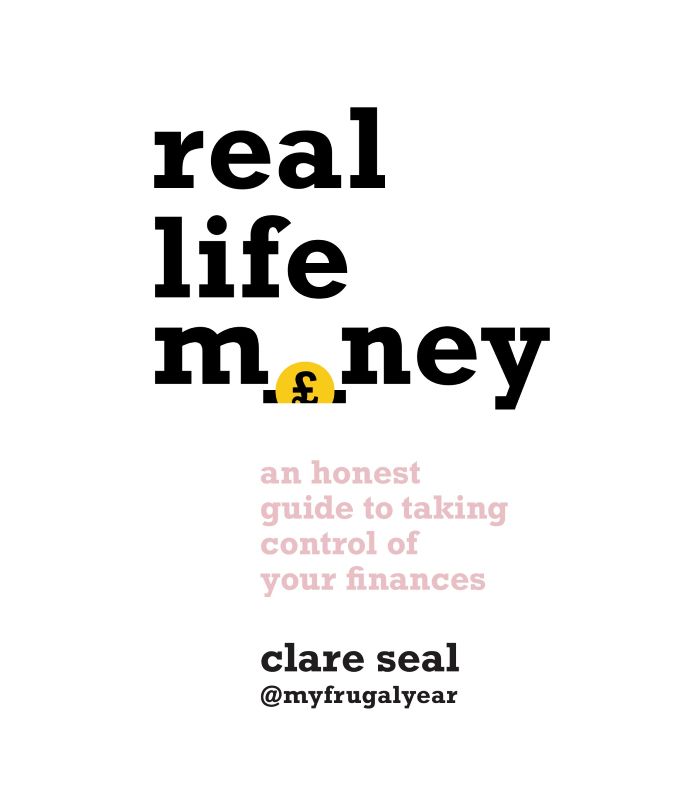
Next up, the biggest spring/summer 2020 fashion trends you need to know.


